Flower Glossary is reader-supported. When you buy through links on our site, we may earn an affiliate commission.
Summer will be here before you know it! With summer vacations and sunny days, we thought you’d like to see our 15 favorites types of summer flowers.
Table of Contents
Astilbe

Also called the ‘False Goat’s Beard’ or ‘False Spirea’ these stunning fern like feathery plume flowers are the perfect addition to your summer garden.
- Moderate shade and avoid full sun because they can burn
- Average to slightly below average moisture in regards to soil
- Moist and humus rich soil
- Do not let them completely dry out as this can be fatal to your plants
Aster
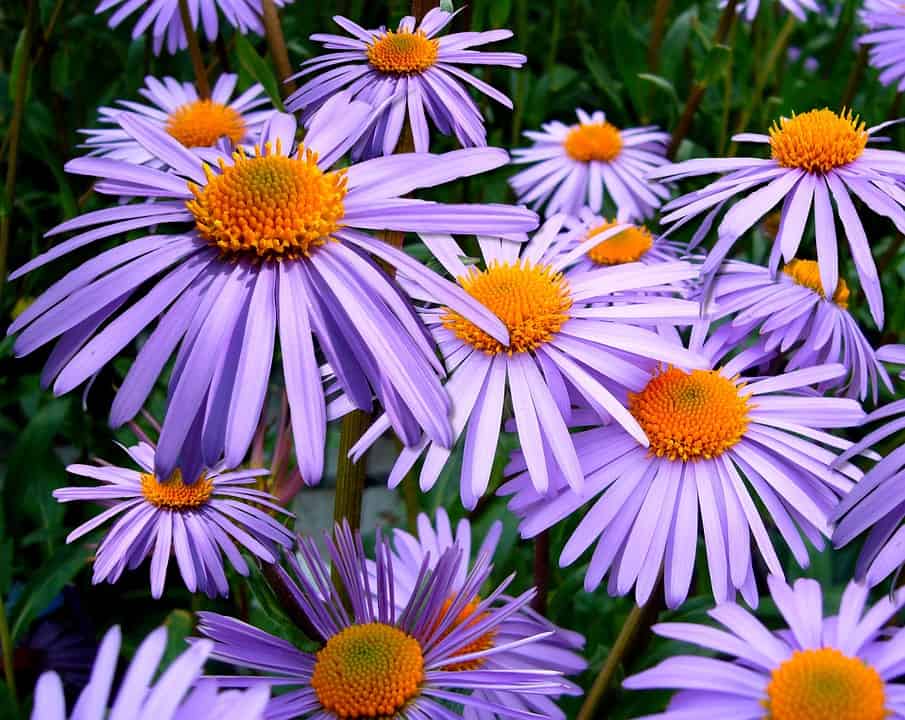
The name Aster comes from an Ancient Greek word which means “star” this is because the shape of the flower head.
- Prefers cool and moist summers with cold night temperatures
- If planted in warmer climates avoid hot midday sun
- Full to partial sun
- Well drained and moist soil
Black-eyed Susans
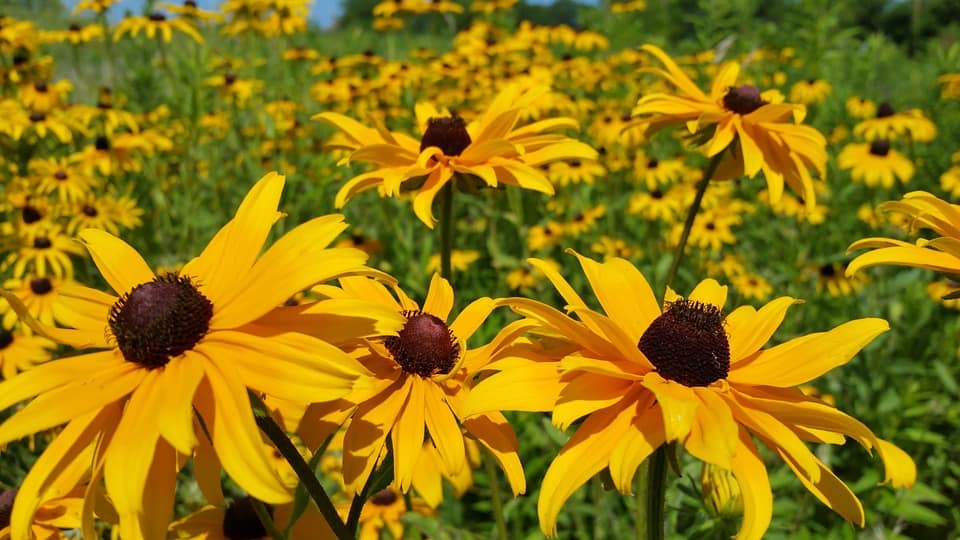
Black-eyed Susans are one of the most popular wildflowers grown. They are a golden-yellow color and usually blanket themselves in open fields.
- You should plant these when the soil temperature is about 70 degrees usually between March and May
- They will grow in partial sun but they truly enjoy full sun
- Grow usually between 1 and 3 feet tall
Catmint
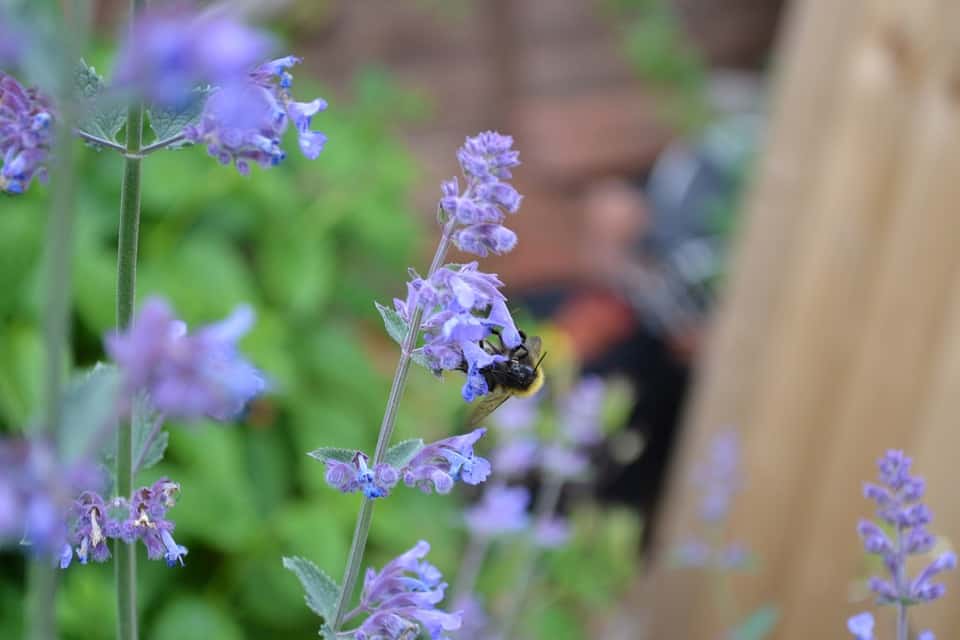
Catmint is related to catnip but much prettier. They are super easy to grow perennials that will keep your garden looking like a pros all summer long.
- You can grow them in sun or partial shade
- Well drained soil
- They are also heat and drought tolerant
Coneflowers
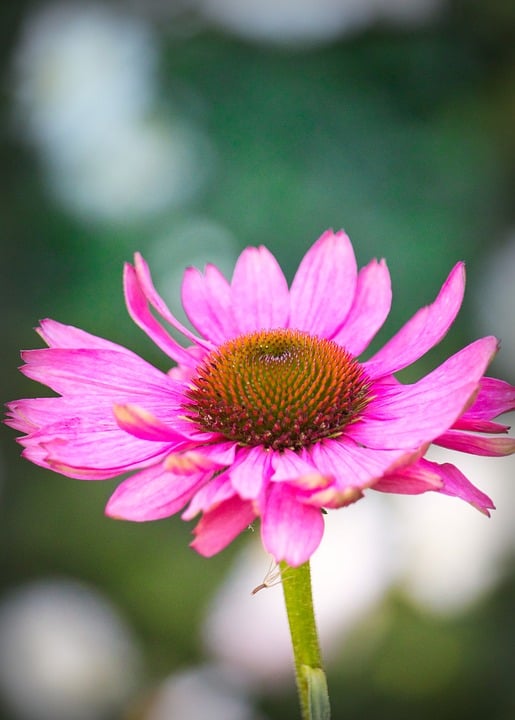
If you are looking to attract butterflies and songbirds to your garden this is the flower for you!
- Plant your seeds in the spring in humus rich and well drained soil
- Water them regularly
- Full sun to partial shade
Coreopsis
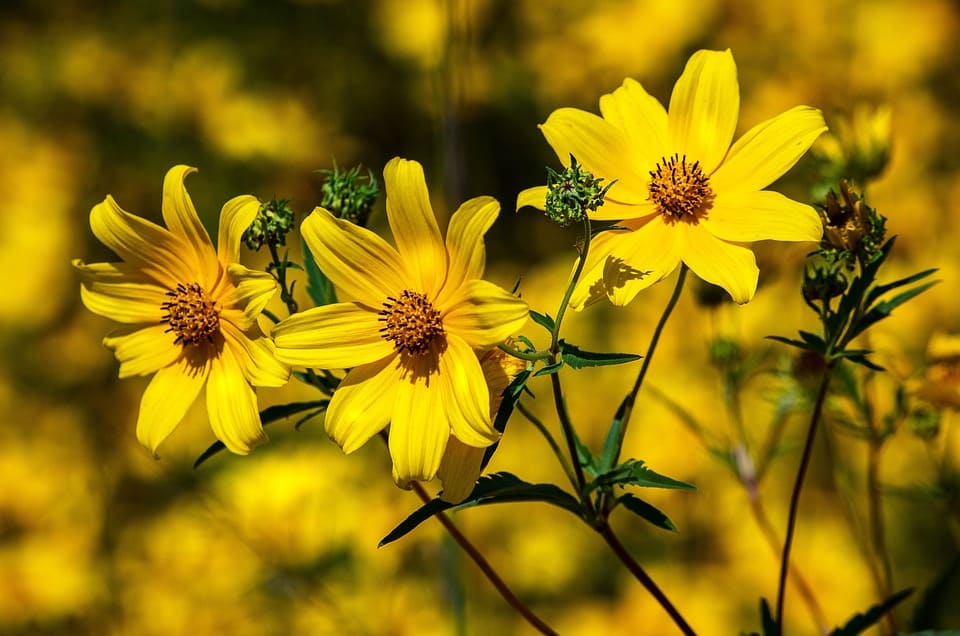
The Coreopsis is another low maintenance, drought tolerant flower for your garden. They are long blooming and cheerful and would make the perfect addition to a beginners garden.
- Full sun to partial shade
- Well draining and sandy soil
- Water regularly when you first plant them and after that they are drought tolerant and can be watered once a week
Dahlias
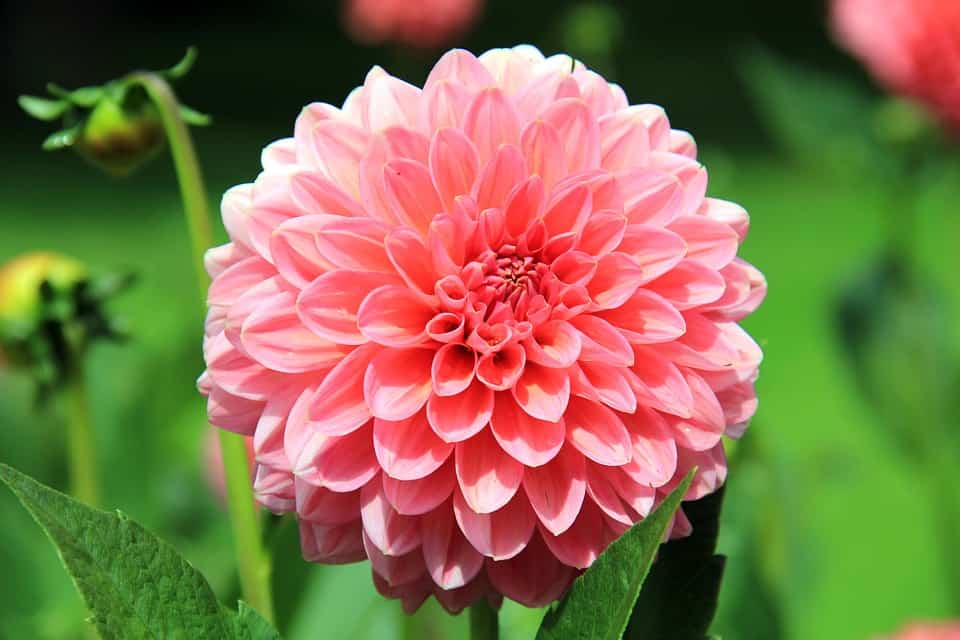
Dahlias are colorful, spiky, daisy like flowers that will bloom from midsummer until the first frost.
- You can plant these when the ground temperature is around 60 degrees
- They need around 6 to 8 hours of direct sunlight
- Rich and well drained soil
- You should also add slug and snail bait to avoid and pesky bugs
Daisies
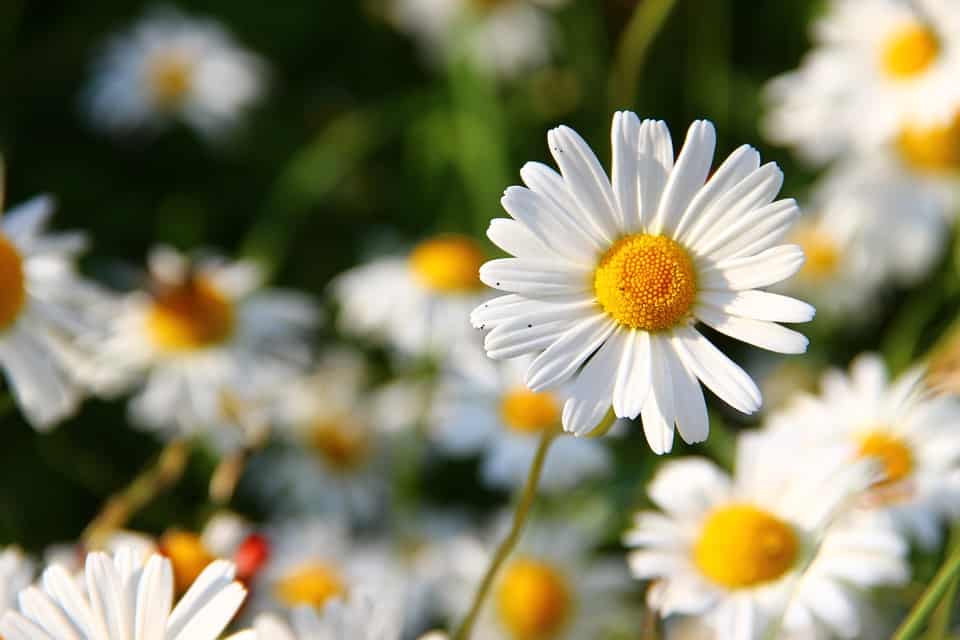
We have all heard of daisies and it is because of their cheerful beauty.
- Grow them in full sun
- Moderately fertile, not overly rich, and moist well drained soil
- Water them thoroughly
Daylilies
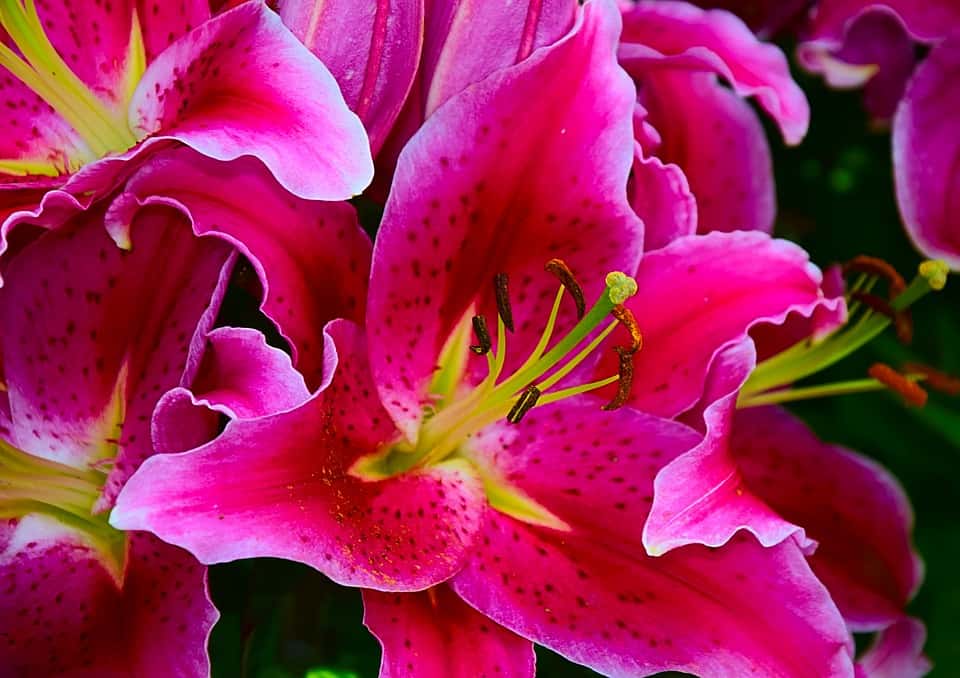
Daylilies are super easy to grow perennials. They are low-maintenance and come in a wide range of color choices.
- You should plant these in the late springtime or early fall
- Slightly moist and well drained soil
- Water them every couple of days for the first few weeks after planting. After that, you can water them once or twice a week.
- Be careful of deer because they like to munch on these flowers
Gaillardia
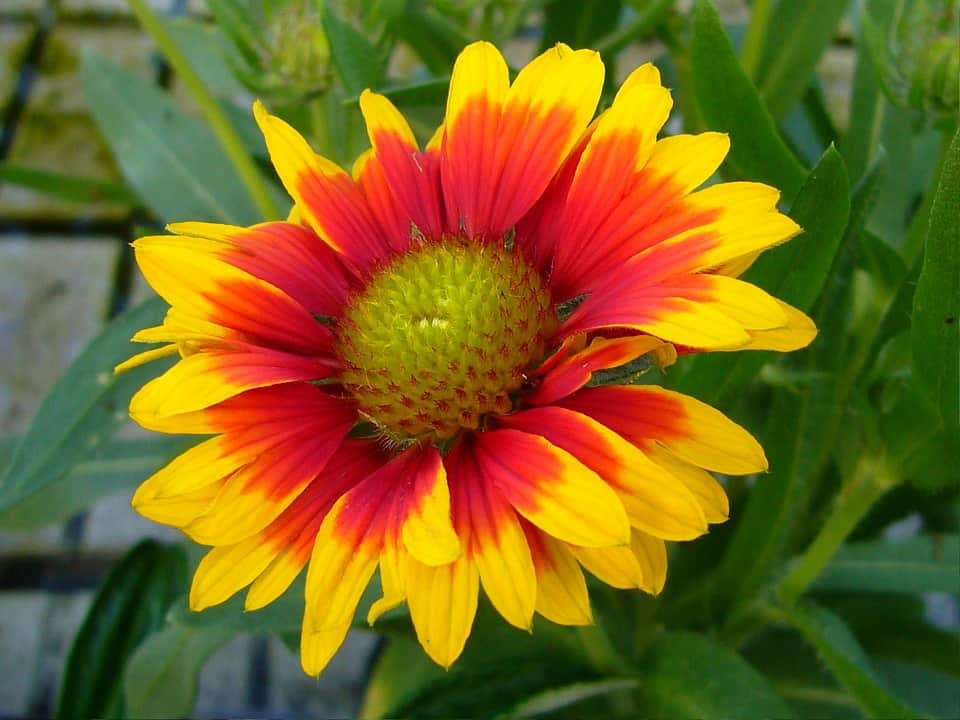
Everyone of these ‘blanket flowers’ look like a mini sunset that will surely brighten up your garden.
- Well drained and semi-fertile soil
- Full Sun
Hydrangeas
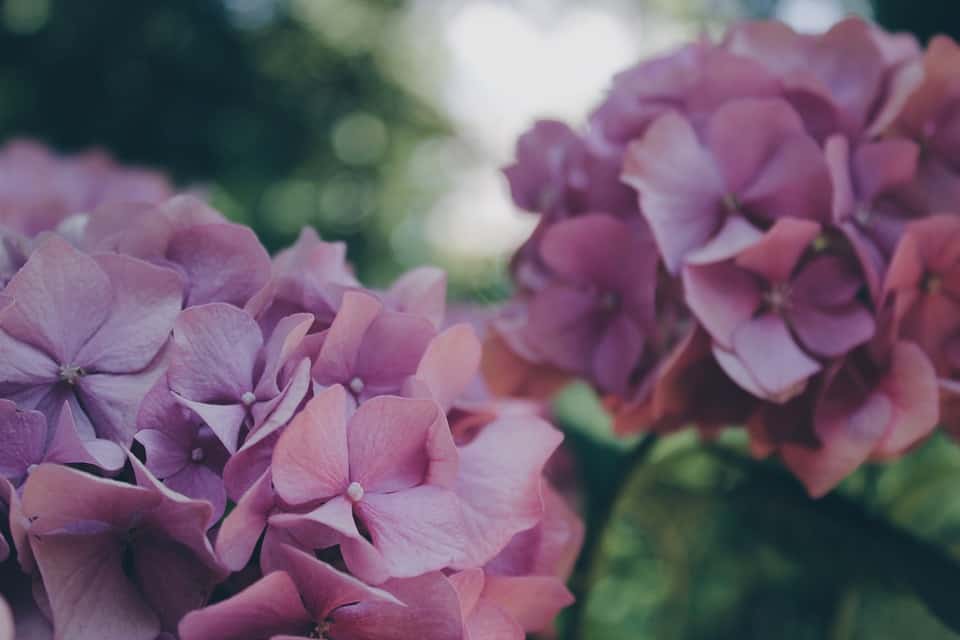
- Full sun to partial shade
- Moist and rich soil
- Water deeply once a week and if weather is hot or dry increase your watering
Lavender
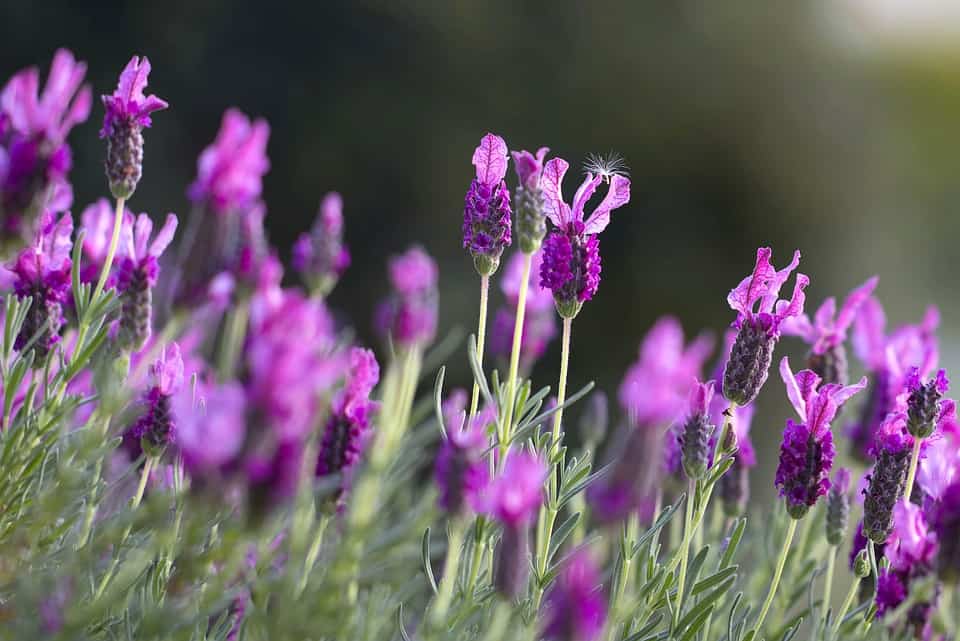
Lavender is a bushy, strongly scented perennial plant. It will not only bring beauty to your garden but a lovely calming scent. If you love lavender, check out our list of purple flowers.
- Plant them in the spring when the soil starts to get warm
- Poor or moderately fertile soil
- Keep them away from any wet and moist areas
- Water them once or twice a week and once they mature you can switch to one every two to three weeks.
Marigold
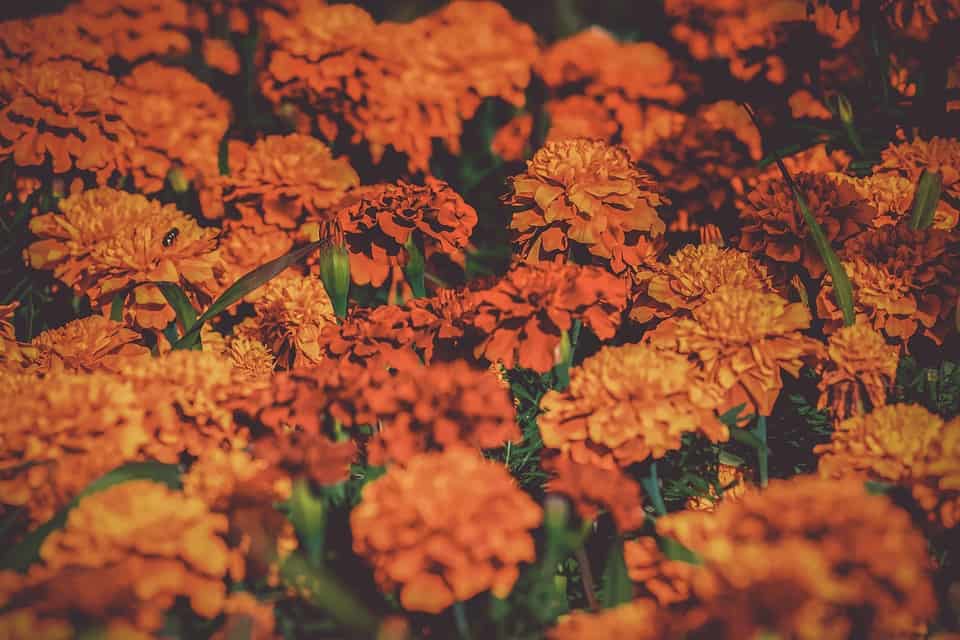
Marigolds are annual flowers that bloom in late spring and early summer. They attract butterflies, bees, and ladybugs.
- Full Sun
- Bloom in late spring through fall
- Moderately fertile and well drained soil
- Allow water to dry in between waterings
- Water regularly in high heat and dry weather
Phlox
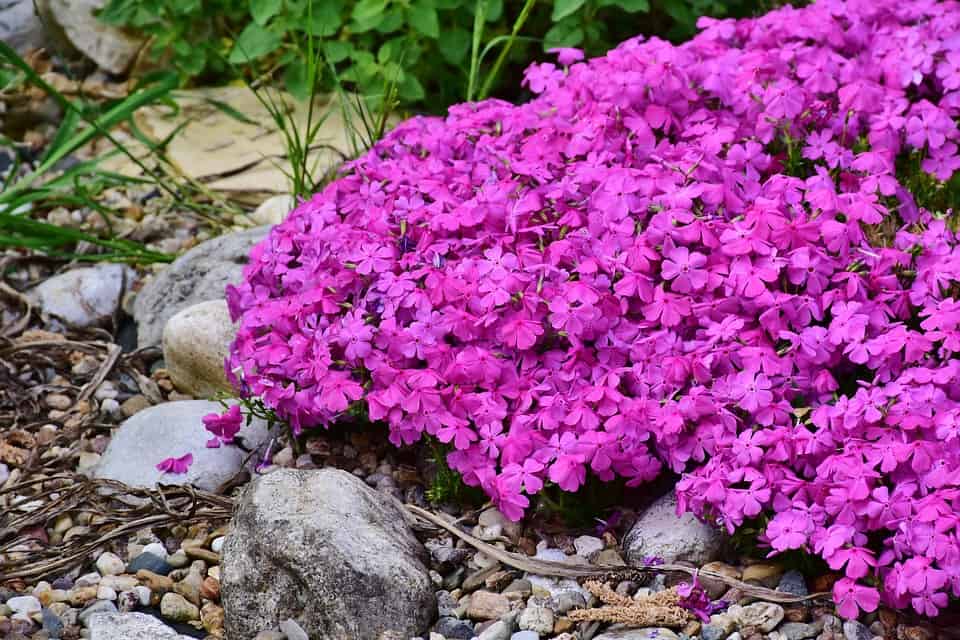
Phlox are a summer garden mainstay since colonial times. They first bloom around July but will hang around until around September. They also come in nearly every hue on the color wheel so they can bring a lot of life and color to your garden.
- Grow best in full sun but they don’t mind a bit of shade
- Moist, fertile, and well drained soil
- Water during dry spells and they should get about an inch of water each week during their growing season
Sunflowers
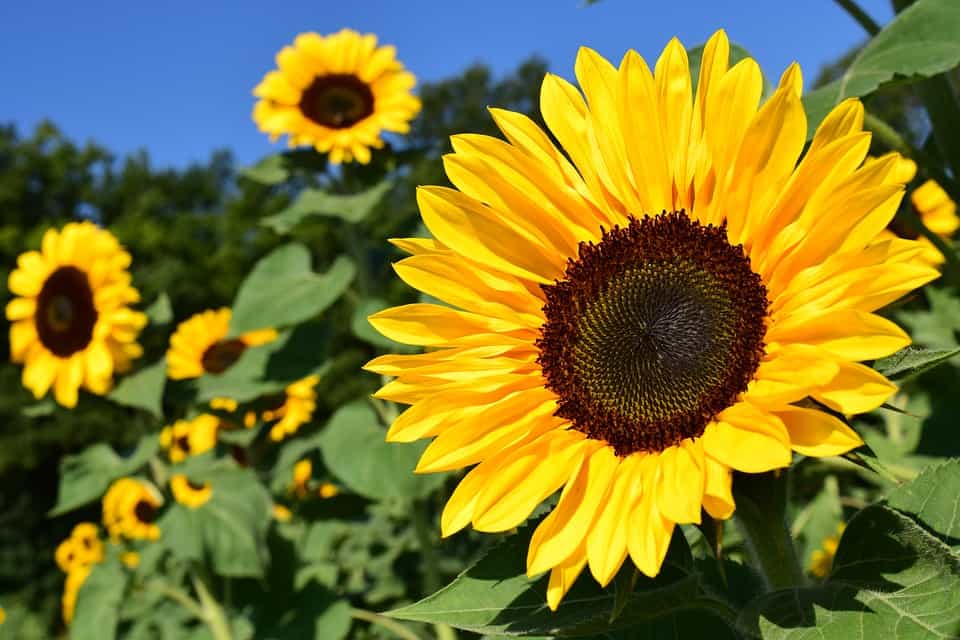
May be one of the best known “Summer” flower these beauties are heat-tolerant, resistant to pests, and let’s face it they are stunning! You can even harvest their edible seeds for a yummy snack.
- Grow best in direct sunlight (around 6 to 8 hours per day)
- Loose and well drained soil
- You need to make sure that the soil is nutrient-rich with organic matter or aged manure due to sunflowers liking to feed
Feeling inspired by our list of summer flowers? Check out our list of 170 different types of flowers!
